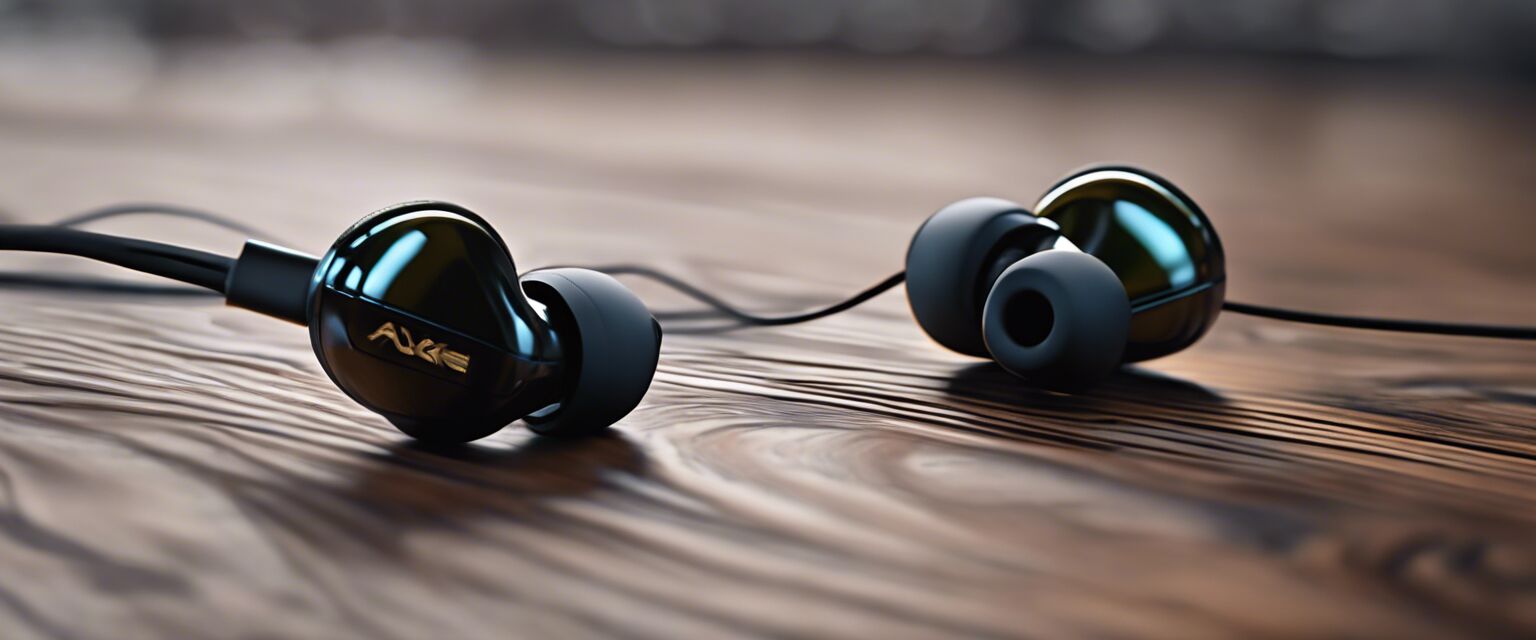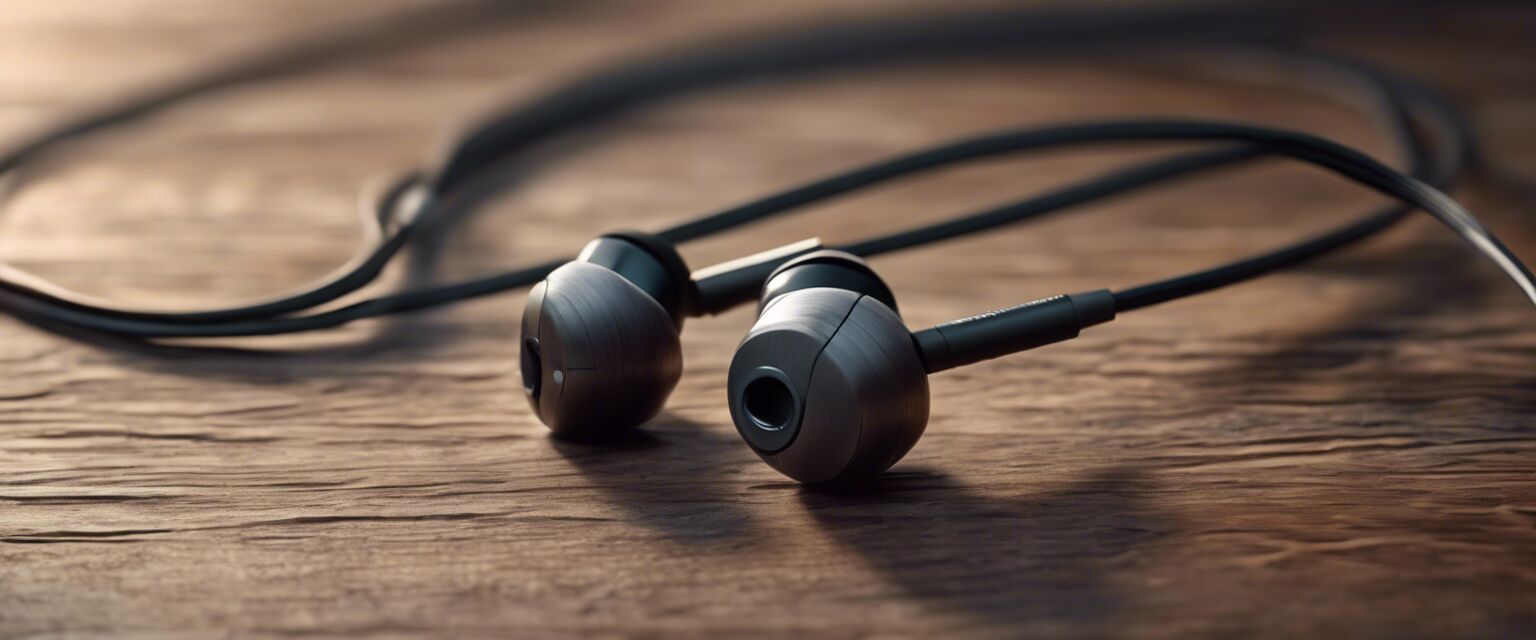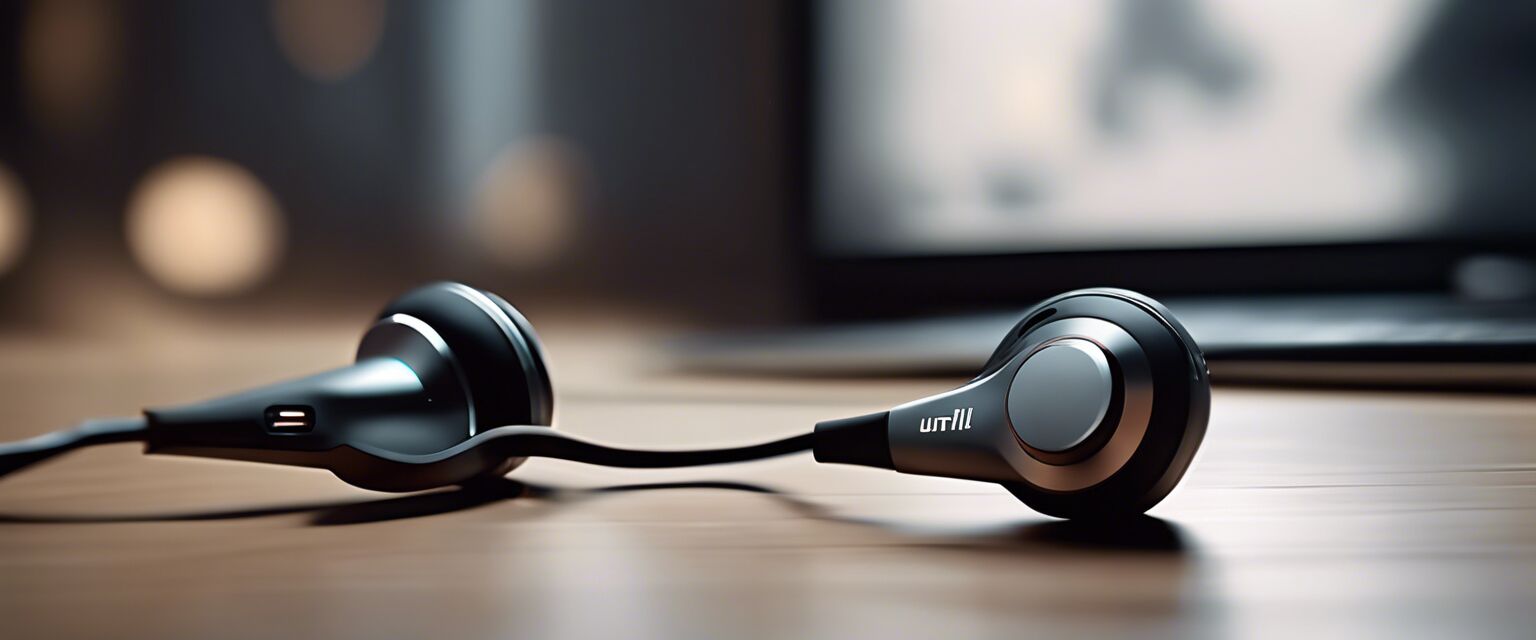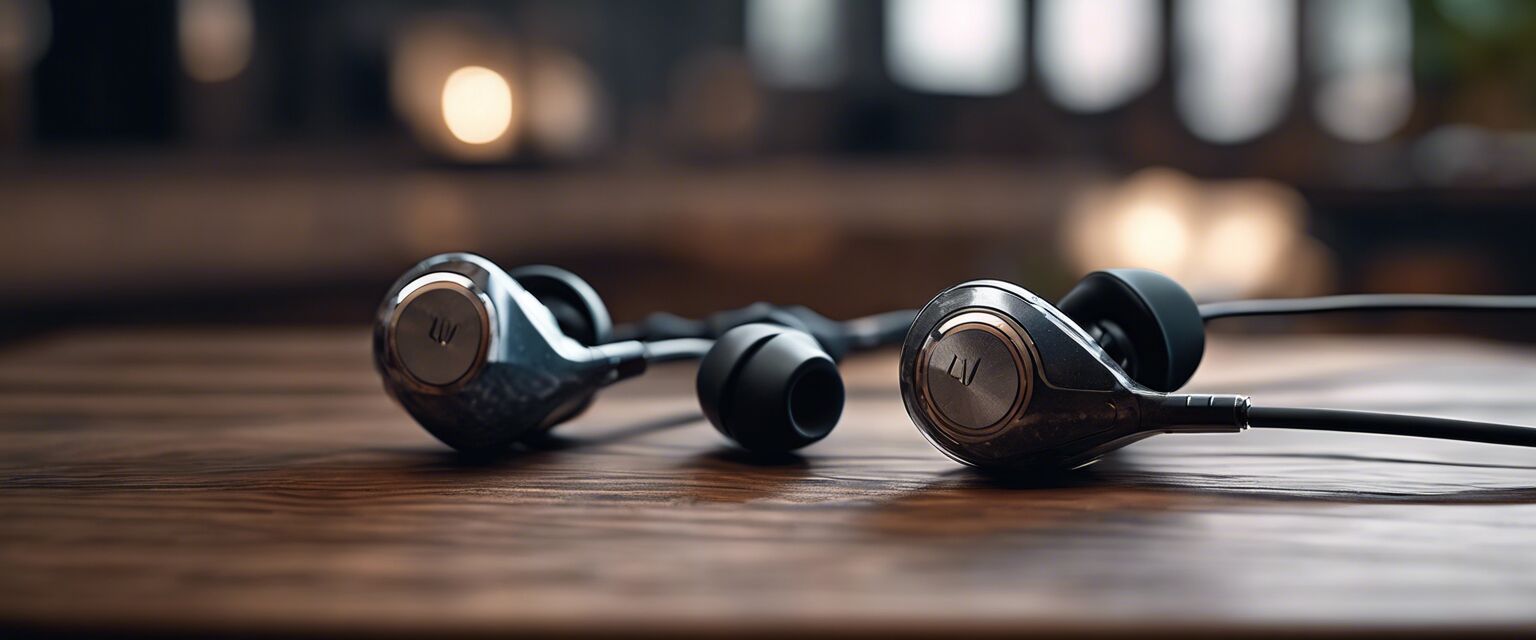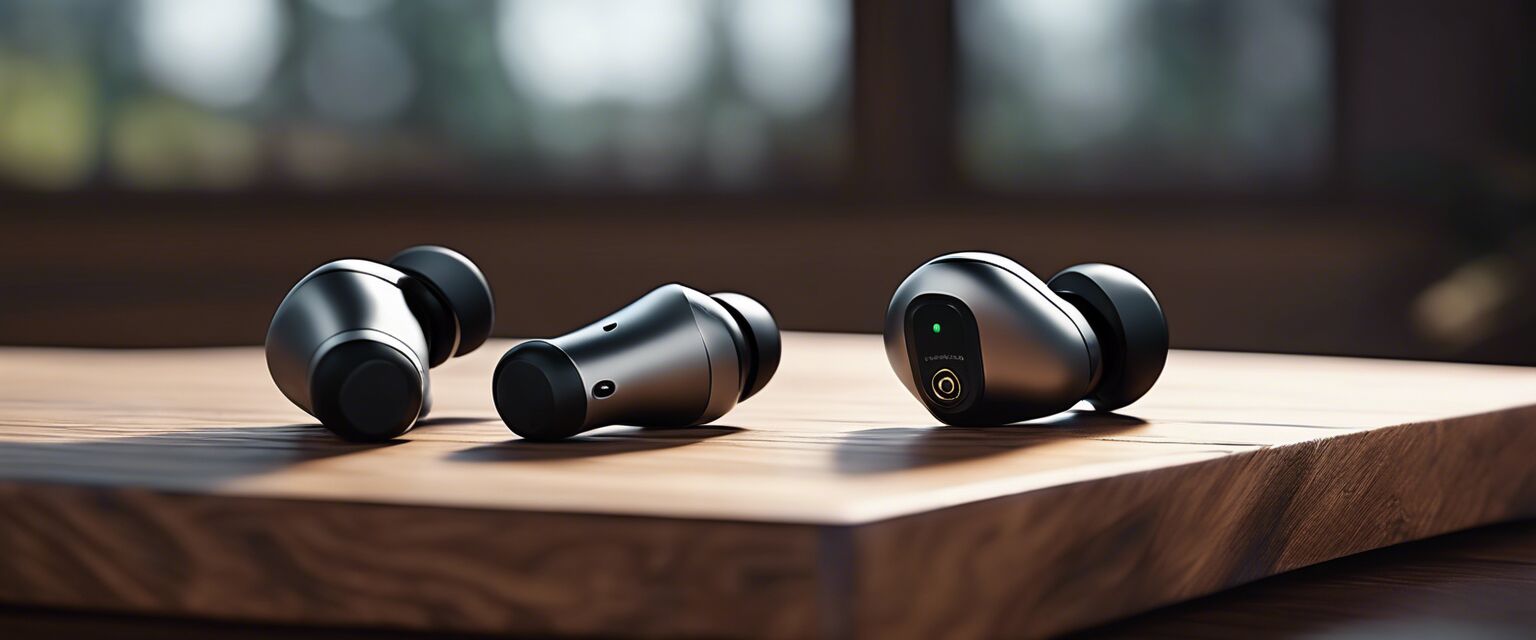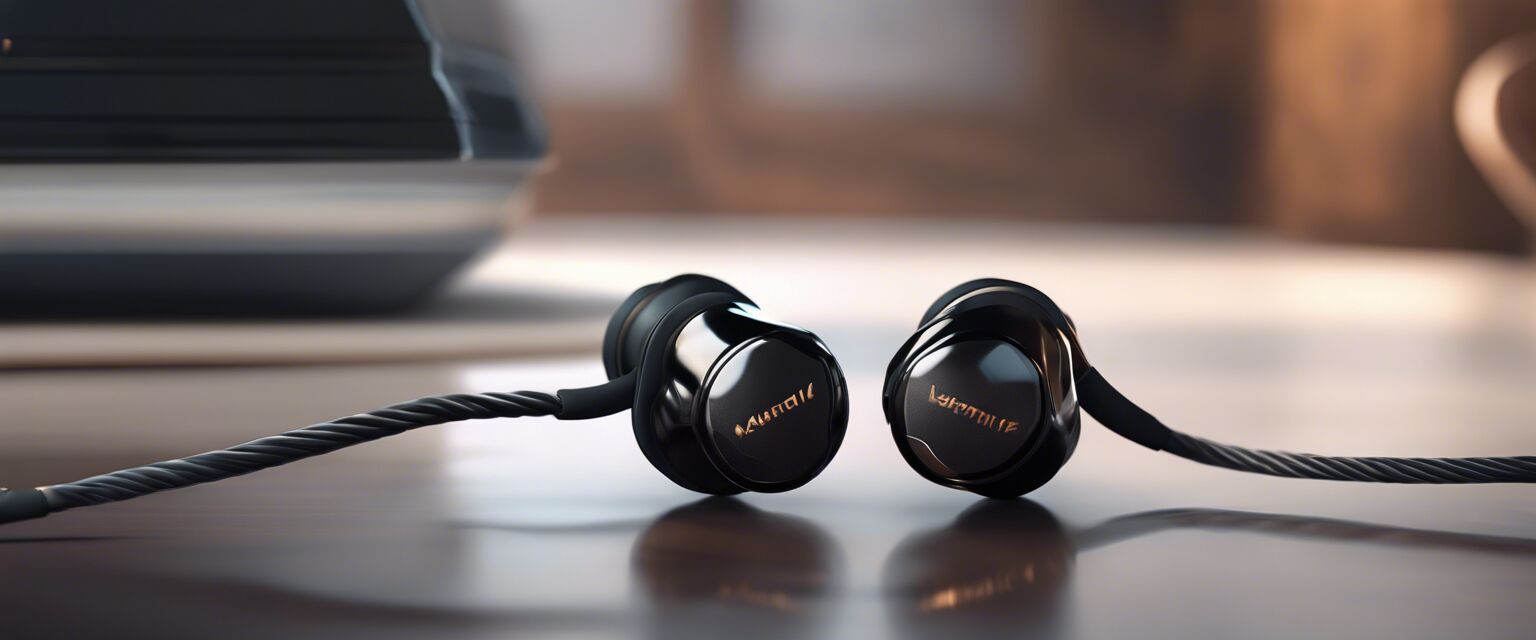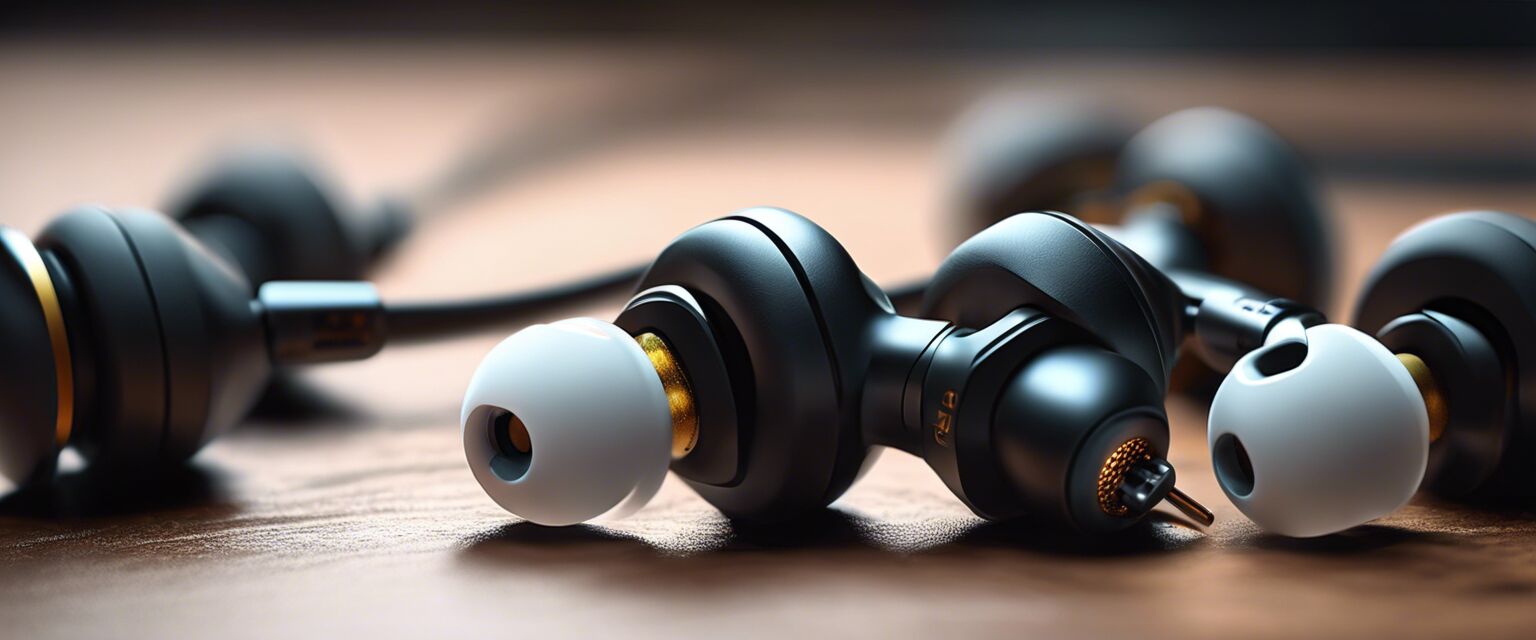
Earbuds Sound Quality Analysis
Key Takeaways
- Sound quality is influenced by drivers, frequency response, and design.
- Different earbuds cater to various listening preferences.
- Noise-cancelling technology enhances sound experience.
- High-fidelity options provide superior audio clarity.
- Understanding specifications helps in making informed choices.
Welcome to our comprehensive analysis of earbuds sound quality. In this article, we will delve into the technical aspects that define audio excellence in earbuds, featuring various types from budget-friendly to high-fidelity options. Whether you are an audiophile or a casual listener, understanding these elements can help you choose the perfect pair of earbuds for your needs.
Understanding Sound Quality
Sound quality in earbuds is primarily determined by several key factors:
- Drivers: The component that converts electrical energy into sound. Larger drivers typically produce better sound.
- Frequency Response: The range of frequencies an earbud can reproduce. A wider range often indicates better sound quality.
- Impedance: It affects how much power is needed to drive the earbuds. Lower impedance is generally better for portable devices.
- Noise Cancellation: Active noise cancellation (ANC) can enhance the listening experience by blocking external sounds.
Types of Earbuds and Their Sound Quality
Different types of earbuds are designed for various uses and preferences. Hereâs a breakdown:
| Type | Sound Quality | Best For |
|---|---|---|
| Budget-Friendly Earbuds | Decent sound quality, good for casual listening | Everyday use |
| High-Fidelity Earbuds | Exceptional sound clarity and range | Critical listening |
| Noise-Cancelling Earbuds | Focused audio with reduced background noise | Traveling or noisy environments |
| Sports Earbuds | Good sound with sweat resistance | Exercise and outdoor activities |
| True Wireless Earbuds | Varies widely; generally good quality | Convenience and mobility |
Sound Quality Metrics
To better understand sound quality, we can analyze a few important metrics:
| Metric | Description | Importance |
|---|---|---|
| THD (Total Harmonic Distortion) | Measures audio fidelity. Lower percentages indicate better quality. | Essential for audiophiles |
| SPL (Sound Pressure Level) | Indicates how loud the earbuds can go without distortion. | Important for dynamic listening |
| Frequency Range | Shows the lowest and highest frequencies produced. | Critical for sound depth |
| Battery Life | Duration earbuds can play audio on a single charge. | Convenience for users |
Comparing Sound Quality Across Brands
Letâs take a look at how various popular brands stack up in terms of sound quality:
| Brand | Sound Quality Rating | Features |
|---|---|---|
| Brand A | 9/10 | High fidelity, ANC |
| Brand B | 8/10 | Water-resistant, decent bass |
| Brand C | 7/10 | Good battery life, budget-friendly |
| Brand D | 10/10 | Exceptional soundstage, true wireless |
Tips for Choosing the Right Earbuds
Beginner's Section
- Determine your budget before browsing.
- Consider the type of music you listen toâbass-heavy genres may require different specs than classical music.
- Try before you buyâif possible, test the earbuds in-store.
- Read user reviews for insights on sound quality and comfort.
- Check the warranty and return policy in case you need to exchange them.
Conclusion
In conclusion, understanding the intricacies of sound quality in earbuds can significantly enhance your listening experience. Factors such as driver size, frequency response, and additional features like noise cancellation all play a crucial role. Whether you are interested in budget-friendly earbuds or high-fidelity earbuds, the right choice will depend on your listening habits and preferences.
Further Reading
For more insights on selecting the right earbuds for your lifestyle, check out our other articles:
- Noise-Cancelling Earbuds
- Sports Earbuds
- True Wireless Earbuds
- Luxury Earbuds
- Wireless Earbud Accessories
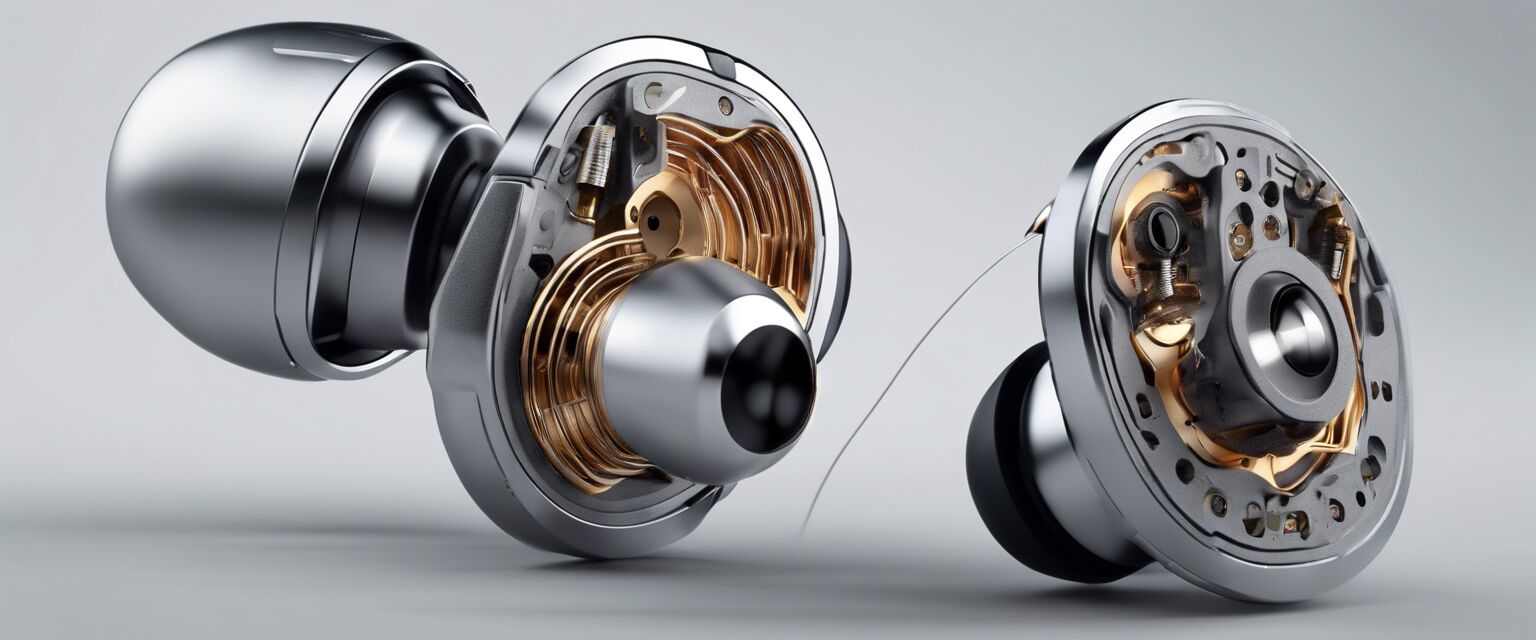
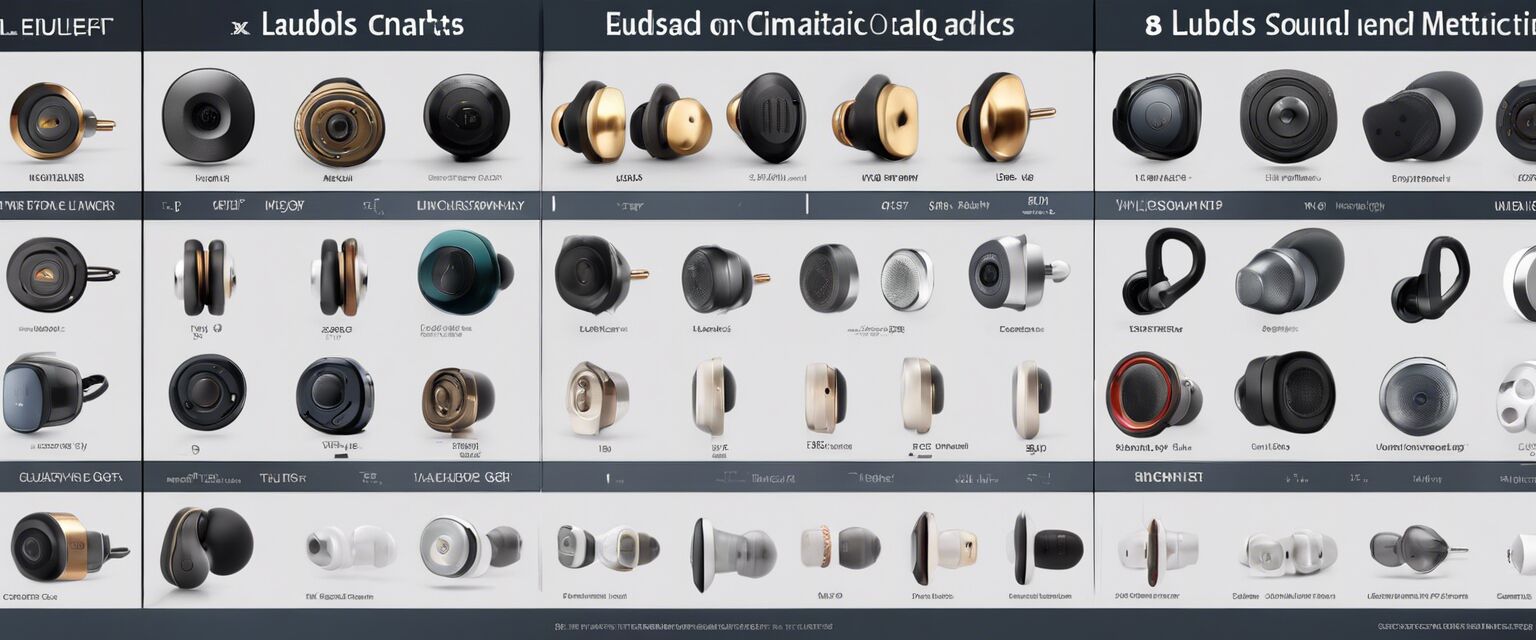
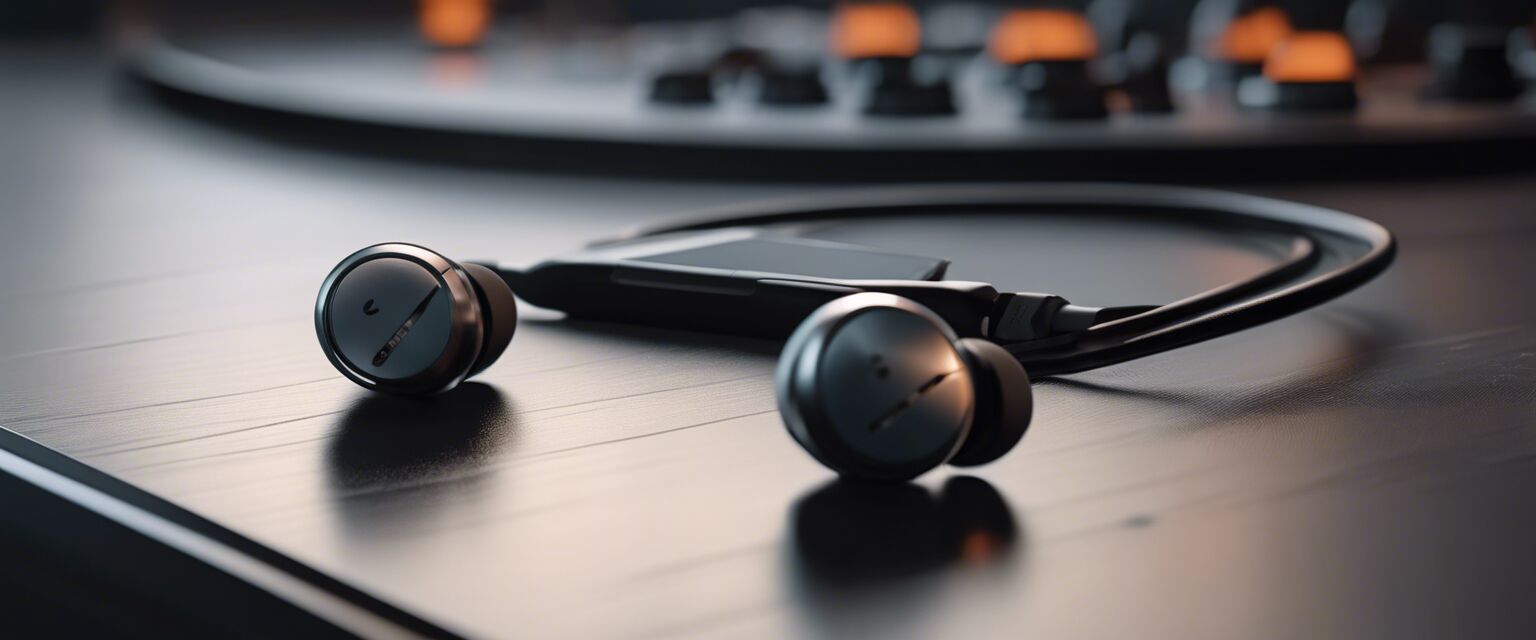
Pros
- Wide range of options for different budgets
- Advanced technology enhances sound quality
- Portable and convenient for everyday use
- Noise-cancelling features available
Cons
- Sound quality can vary significantly between brands
- Some high-quality models can be expensive
- Battery life may be an issue with wireless models
